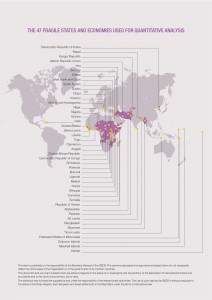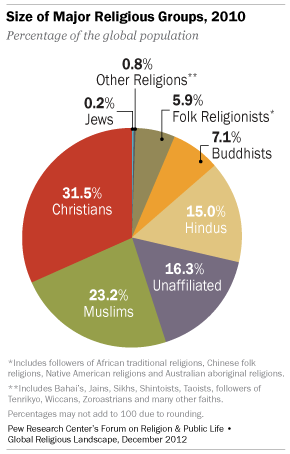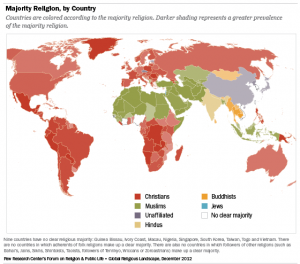The New Fragile States Landscape: Shades, Shifts and Shake-ups
by Juana de Catheu & Emmanuel Letouzé
Global Observatory, Wednesday, December 12, 2012
This article summarizes the main findings and arguments presented in the recent OECD report Fragile states 2013: Resource flows and trends in a shifting world, by its co-authors.

From Afghanistan to Zimbabwe, fragile states face common challenges: they host less than one-fifth of the world’s population yet are home to one-third of the world’s poor; they are more vulnerable to external and internal shocks—including armed violence—than other countries; and, in contrast to other developing countries who have managed significant progress towards the MDGs, not one of these countries has achieved a single Millennium Development Goal. They constitute most of the MDG deficit: seven in ten infant deaths and six in ten undernourished people are found in fragile states. Struggling to meet the challenges of basic survival, poverty-stricken populations in fragile situations are less equipped to deal with volatile changes, whether political, environmental, or economic. Behind these symptoms of fragility lays a limited state ability to develop mutually constructive relations with society and to carry out basic governance functions.
But, paraphrasing Tolstoy’s line, “Every unhappy family is unhappy in its own way,” all fragile states are fragile in their own way. The 47 countries and economies used for quantitative analysis in the 2013 OECD report on fragile states constitute a diverse group, adding to the challenge of effective engagement and significant development impact. Some of them–including Angola, Nigeria, Ethiopia, Chad, Mozambique and Rwanda–have been among the fastest-growing countries of the past decade, whereas over the same period, in contrast, countries like Sudan, Chad, Eritrea, and Zimbabwe lost economic ground.




